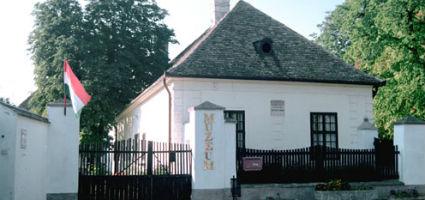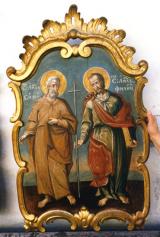2025. July 19. Saturday
Kisfaludy Memorial House - Sümeg
 |
Address: 8330, Sümeg Kisfaludy tér 2.
Phone number: (70) 466-4036
E-mail: kisfaludyemlekhaz@gmail.com
Opening hours: 01.05-30.09.: Tue-Sun 10-18
01.10-30.04.: Mon-Fri 8-16 |
The L-shaped mansion-like house was built at the end of the 17th century by the Sándorffy family. It was drifted into the ownership of Kisfaludy family by a marriage betwwen the father of the poet and Julianna Sándorffy.
Sándor Kisfaludy and his wife settled in the house for good in 1800, following the Napoleonic wars. Since they had no descendants, their relatives sold the house to the bishopric of Veszprém. However, in 1944 the house was nationalised. Since 1950 a Kisfaludy Memorial House, since 1990 the Towmn Museum have been functioning here.
During the course of time the building was reconstructed on several occasions.
Sándor Kisfaludy and his wife settled in the house for good in 1800, following the Napoleonic wars. Since they had no descendants, their relatives sold the house to the bishopric of Veszprém. However, in 1944 the house was nationalised. Since 1950 a Kisfaludy Memorial House, since 1990 the Towmn Museum have been functioning here.
During the course of time the building was reconstructed on several occasions.
